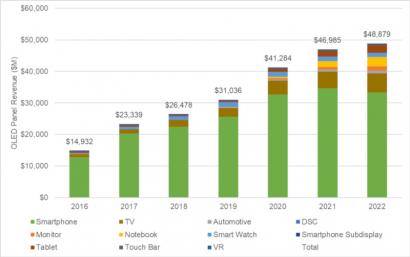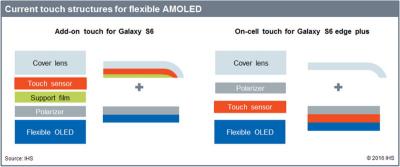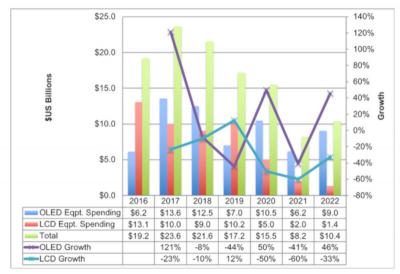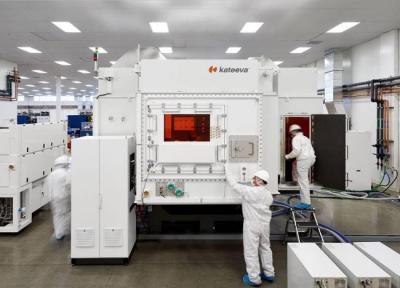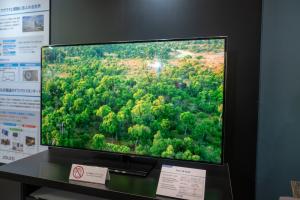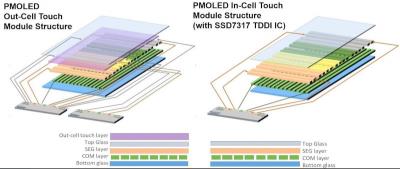SEL shows a 8.3" 8K OLED with 1058 PPI, and a new foldable OLED prototype
Semiconductor Energy Laboratory (SEL) demonstrated two new OLED display prototypes, both based on the company's proprietary CAAC-IGZO (c-axis aligned crystalline In-Ga-Zn-O) backplane material.
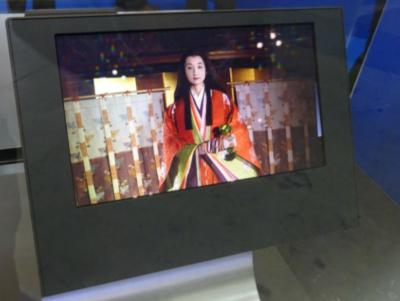
First up is the world's smallest 8K display, a 8.3" OLED (1058 PPI) with a resolution of 7680x4320. The panel is based on a white OLED with color filter architecture.



